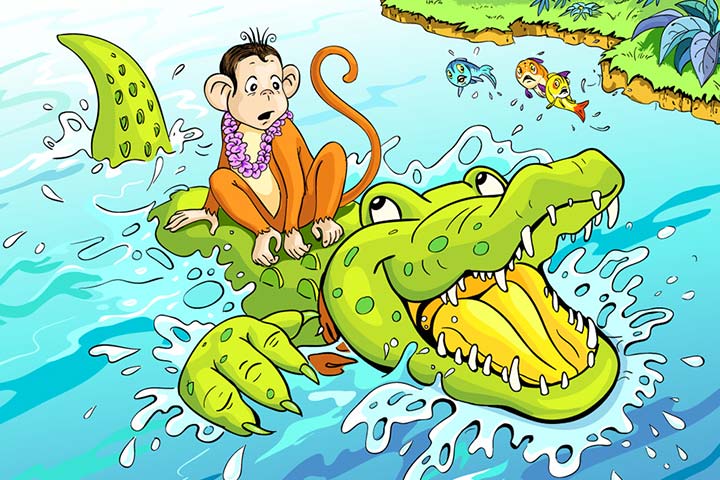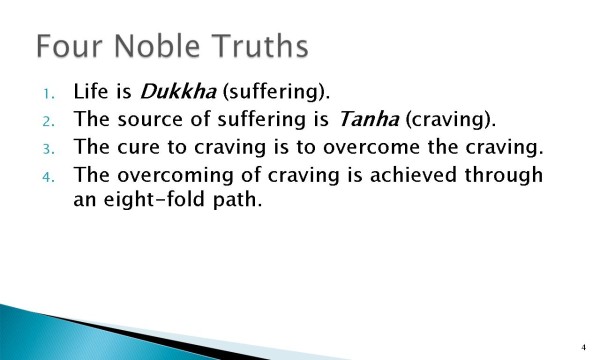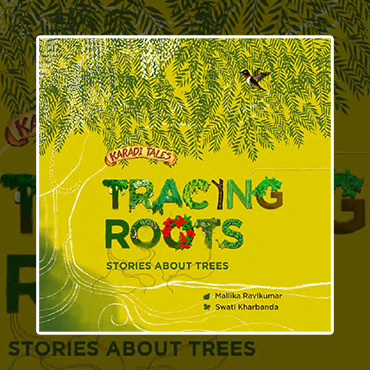More than 2000 years go, a prince walked this land who changed the world in many ways.
Gautama Buddha ushered in a new way of life. His teachings led to a wave of ideas whose ripples touched many distant shores. His thoughts and teachings live on and inspire people to this day.
But did you know that the Buddha is also significant to Indian History in a different way?
Events that occurred in the past at a time when there was no written record is in the realm of what is called Pre-history. Events of the past for which we have written record but which records cannot be read or deciphered is called Proto-history (eg : The script on the seals of the Indus Valley Civilization remain undeciphered). Events for which we have a written record is in the realm of what is called History.
Gautam Buddha is the first Indian figure, who breaks through the mist of pre-history and proto-history and emerges onto the stage of History.
Another fascinating snippet is that India had forgotten all about Gautama Buddha until indologists discovered a few hundred years ago that India was indeed the homeland of Buddha. Much like how we had forgotten all about Emperor Ashoka until a persevering British East India Company officer named James Princep made it his life’s mission to decode the ancient Brahmi rock edicts and India re-discovered the story of the Emperor – whose four lions now adorn the national emblem of India.
In this post, I’m going to share some interesting tid-bits about this fascinating personality from the past.
- Gautam Buddha is the first personality in Indian history whose life can be traced to a fixed time period.
- He is said to have lived in the 6th century BC. That is about 550 years before Christ.
- He was a great thinker who pioneered a new way of life. The path he set out was quite out-of-the-box.
- He broke away from orthodox beliefs and meaningless rituals to usher in a more egalitarian society.
Stories about the Buddha (actually stories about his past life) are compiled in what are known as the Jataka Tales. You may have heard some of the popular ones like The Monkey and the Crocodile.

The Story goes that the Buddha was born into a royal family and at his birth, Sage Asita prophesized that he would become a great spiritual leader.
His father however, wished for him to be a King and never allowed him out of the palace gates.
However one day, Gautama managed to venture out into town and saw four sights that changed his life.
- An Old Person (feeble)
- A Sick Person (miserable)
- A Dead Person
- A Sage (content and happy)
The Suffering of the first two and the Finality of Death in case of the third, troubled him. The peace of the sage puzzled him.
In a quest to understand the way out of worldly suffering, he left the palace and wandered for many years.
After several difficulties and trials, one day as he sat meditating under a Peepal Tree in Bodh Gaya (present day Bihar), he is said to have found the answer.

Hence in paintings, you often see an image of the Buddha sitting under a Peepal Tree.
And the Peepal Tree has by this association become a symbol of his Enlightenment and of Knowledge. So you may also see a stand-alone Peepal Tree or Leaf in Buddhist monuments which symbolize the Buddha’s Enlightenment and Knowledge.
Finding Light!
So…what did Buddha understand under the Peepal Tree?
Your child may ask you this question and while the idea of Enlightenment is quite complex to explain to a child, the core of his teachings are actually relatively simple.
He taught the world that there was a way out of Suffering. His recipe was to give up Desire as he believed Desire was the root cause of all Suffering.
Here’s how you can break it down for a child…
- You are unhappy because you want an icecream and can’t have it
- You are unsatisfied because you want to come first in the race and you couldn’t.
- You are hurt because you want your friend to remember your birthday and he/she didn’t.
In other words, he said that the root cause of the unhappiness/pain/suffering is WANT. He called it Tanha or Craving.
This is often referred to in Buddhist terms as the Four Noble Truths.
In order to get out of this cycle of Desire and Suffering, he advocated what is known as the Middle Path – or the Eight-fold Path.

The Buddha also raised his voice against rigid social norms and meaningless rituals.
He taught people that Compassion and Love were more important than blind faith and rituals.
As a result of this message of universal love, his teachings became very popular in India and across Asia.
Although the Buddha himself did not travel outside India, his followers took his teachings to Tibet, China, Japan, Thailand, Sri Lanka, Burma and further. Due to several reasons, Buddhism slowly declined in India.
But it is due to the spread of Buddhism to other parts of the world that India could re-discover its ancient connection with the Buddha, after having forgotten about the episode for hundreds of years.


S k chaturvedi
May 13, 2019 - 9:25 am ·What i relationship between Hindu philosophy and Buddhism.are they similar or contrast.do they have any thing common.plinform .regards .
Mallika Ravikumar
May 14, 2019 - 9:39 pm ·Hello Sir. I am no expert on philosophy but from the little I know – they have much in common. Most importantly the idea of reincarnation which is central to both these faiths. That’s one of the most distinguishing features of both philosophies. Hinduism and Buddhism have influenced each other in other respects such as art and architecture also.